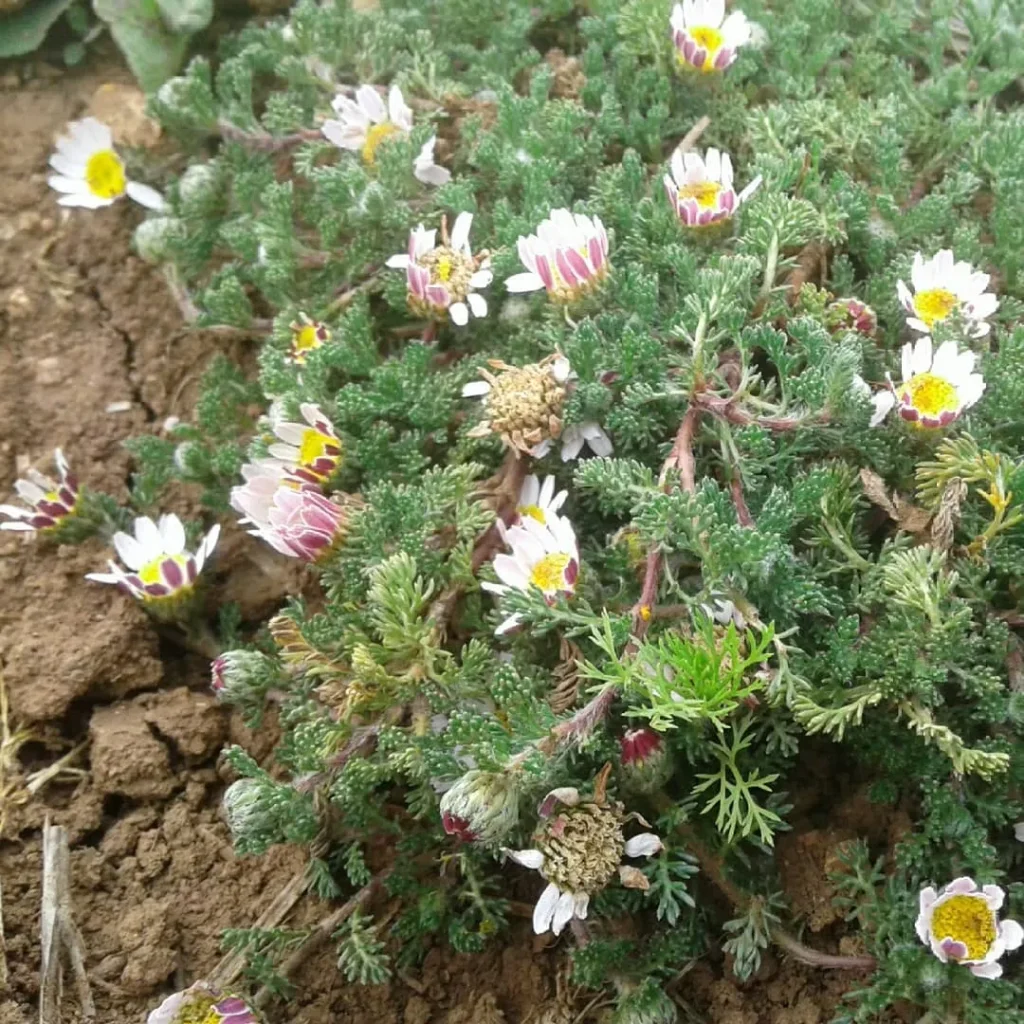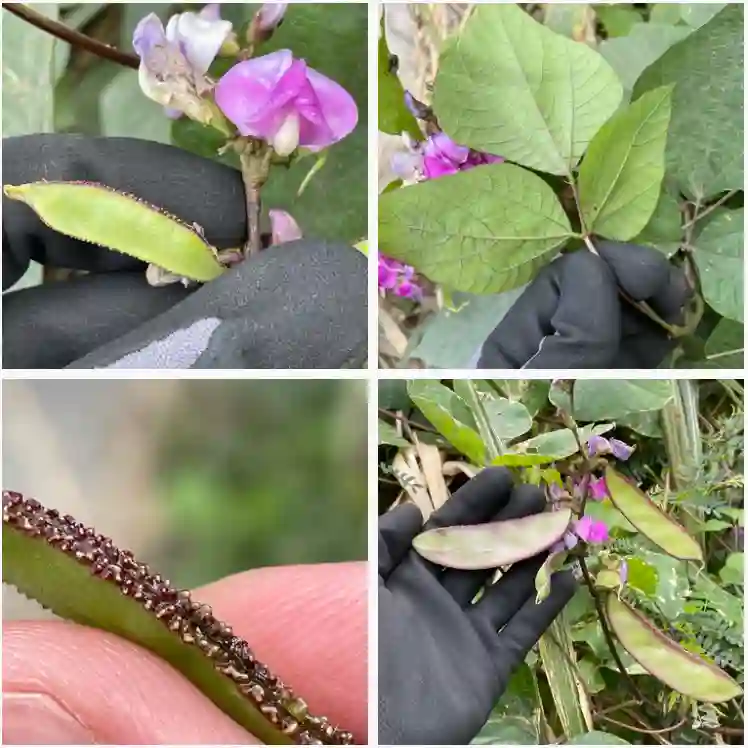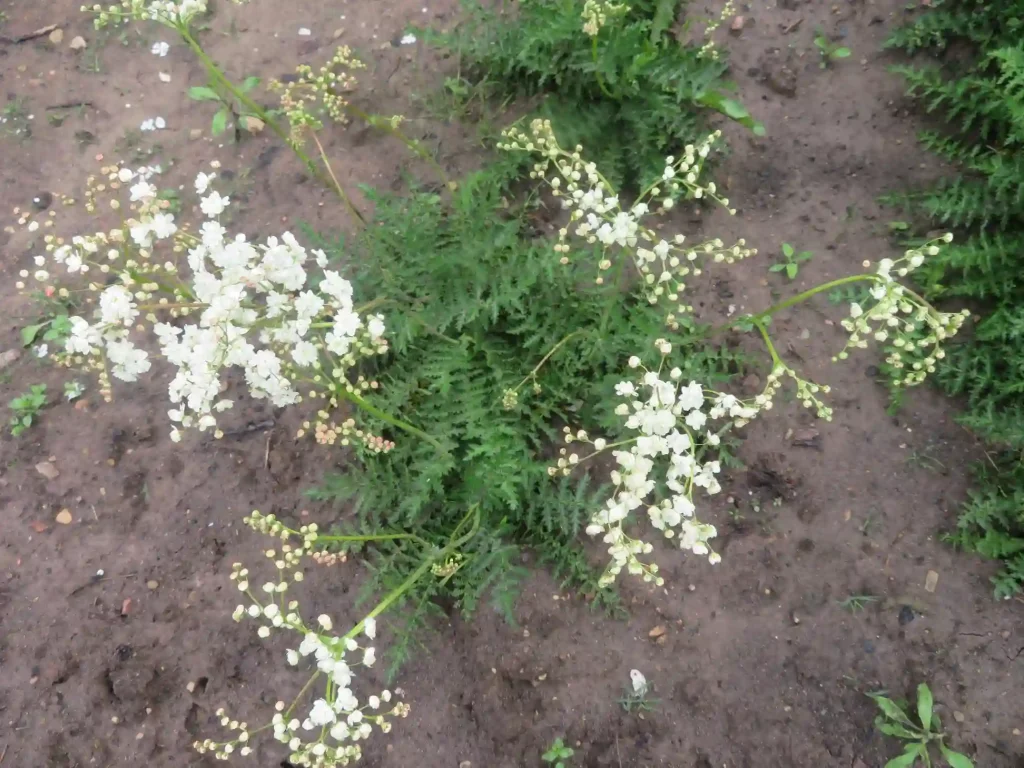What Is Salix Caprea Pendula?
Salix Caprea Pendula, commonly known as the Weeping Willow or Pussy Willow, is a striking ornamental tree known for its graceful, drooping branches. Native to Europe and parts of Asia, this tree is admired for its distinctive appearance and its soft, fuzzy catkins that appear in early spring. It’s a deciduous plant, meaning it loses its leaves annually, which adds a seasonal dynamic to any garden.
684 Species in Genus Salix
Can You Keep Salix Caprea Pendula Indoors?
One of the most frequent questions I get is whether Salix Caprea Pendula can be kept indoors. The short answer is no; this tree is best suited for outdoor environments. Salix Caprea Pendula requires ample space to grow and spread its branches. Indoor conditions, even with ample light, typically cannot provide the space or environmental conditions this tree needs to thrive. It also needs a period of dormancy, which is hard to replicate indoors.
How to Care for Salix Caprea Pendula?
Caring for Salix Caprea Pendula involves a few key practices to ensure it remains healthy and vibrant. Here’s what I’ve learned from personal experience:
- Location and Soil: This tree prefers full sun but can tolerate partial shade. It thrives in well-drained soil and can adapt to various soil types, including clay and loam. Ensure the planting area has good drainage to prevent root rot.
- Watering: Regular watering is crucial, especially during dry spells. The tree has a high water requirement, so keep the soil consistently moist but not waterlogged.
- Pruning: Prune the tree in late winter or early spring before new growth begins. Regular pruning helps maintain its weeping shape and removes any dead or diseased wood.
- Fertilization: Feed the tree with a balanced fertilizer in early spring to promote healthy growth. Avoid over-fertilizing, as this can lead to excessive foliage and weak branches.
How to Propagate Salix Caprea Pendula?
Propagating Salix Caprea Pendula is relatively straightforward. I’ve found that taking cuttings is the most effective method. Here’s a step-by-step guide:
- Timing: The best time to take cuttings is in late winter or early spring before the tree starts to leaf out.
- Cutting: Use a sharp, clean knife to take a cutting from the current year’s growth. The cutting should be about 6-8 inches long and include a few nodes.
- Preparation: Remove the lower leaves from the cutting and dip the cut end in rooting hormone to encourage root development.
- Planting: Plant the cutting in a pot filled with a mix of sand and peat. Keep the soil moist and place the pot in a bright, indirect light area.
- Transplanting: Once the cutting has developed a strong root system, it can be transplanted to its permanent outdoor location.
What to Plant With Salix Caprea Pendula?
Salix Caprea Pendula pairs well with various plants, creating a visually appealing landscape. In my garden, I’ve found that combining it with low-growing ground covers like Hostas or ferns enhances its elegance. Adding flowering shrubs such as Hydrangeas or ornamental grasses like Feather Reed Grass provides contrast and complements its weeping form.
Is Salix Caprea Pendula Toxic?
Salix Caprea Pendula is not toxic to pets or humans. However, the tree’s sap can be mildly irritating if ingested in large quantities. It’s always a good practice to keep an eye on curious pets and children around plants, but this tree poses minimal risk.
Benefits of Salix Caprea Pendula
One of the major benefits of Salix Caprea Pendula is its aesthetic appeal. The tree’s unique weeping branches and early spring catkins add charm and beauty to any garden. Additionally, it provides excellent shade, making it a perfect choice for larger gardens or landscapes.
Common Problems with Salix Caprea Pendula
Despite its beauty, Salix Caprea Pendula can face a few issues. Common problems include:
- Pests: Aphids and scale insects can infest the tree. Regular inspections and appropriate treatments can help manage these pests.
- Diseases: It’s susceptible to fungal diseases like rust and canker. Ensuring proper air circulation and avoiding overhead watering can reduce the risk of disease.
- Watering Issues: Overwatering or poor drainage can lead to root rot. It’s important to maintain balanced moisture levels and ensure good drainage.
How Does Salix Caprea Pendula Compare to Other Weeping Willows?
Salix Caprea Pendula is often compared to other weeping willow varieties like the Salix Babylonica (Babylonian Willow). While both have a similar weeping habit, Salix Caprea Pendula tends to be smaller and more compact, making it suitable for smaller gardens. The Babylonian Willow, on the other hand, can grow much larger and is often used in more expansive landscapes.
In conclusion, Salix Caprea Pendula is a beautiful and unique addition to any garden, offering both aesthetic appeal and practical benefits. Proper care and attention can ensure it remains a standout feature in your landscape.
If i die, water my plants!



